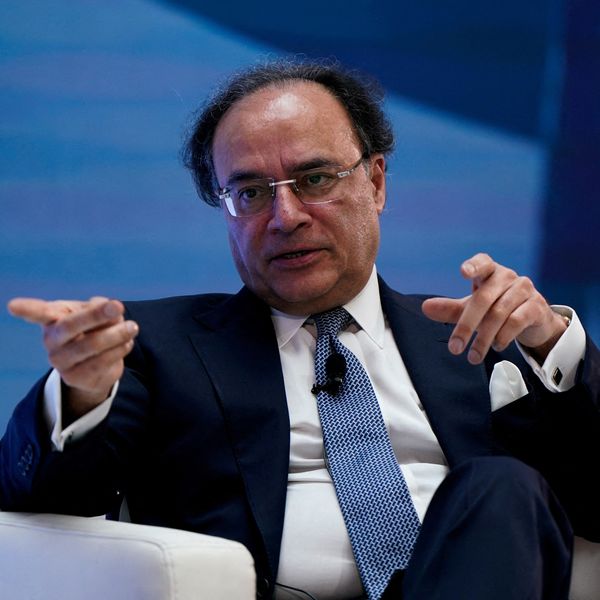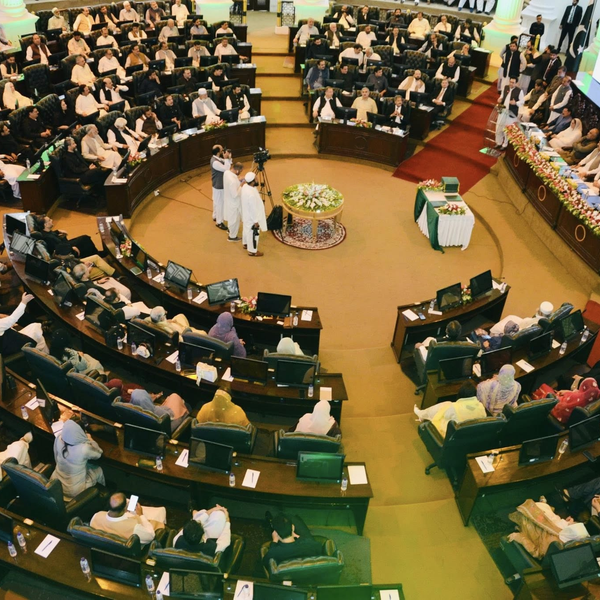Pakistani banks projected to sustain growth through 2026: AKD Securities
Brokerage sees robust asset base expansion, stronger non-interest income, and solid asset quality supporting profitability amid easing rates and economic recovery

Haris Zamir
Business Editor
Experience of almost 33 years where started the journey of financial journalism from Business Recorder in 1992. From 2006 onwards attached with Television Media worked at Sun Tv, Dawn Tv, Geo Tv and Dunya Tv. During the period also worked as a stringer for Bloomberg for seven years and Dow Jones for five years. Also wrote articles for several highly acclaimed periodicals like the Newsline, Pakistan Gulf Economist and Money Matters (The News publications)

Pakistan’s banking sector is expected to sustain its strong performance through 2026, driven by robust asset base expansion, rising non-interest income, and resilient asset quality, according to a report released by AKD Securities.
The brokerage firm maintains an “overweight” stance on the sector, citing strong profitability prospects underpinned by improving macroeconomic conditions, easing monetary policy, and ongoing digitalization efforts.
Asset base growth
AKD Securities forecasts that asset base growth will outpace the compression in net interest margins (NIMs), ensuring continued earnings momentum.
As inflation moderates and policy rates fall into single digits, credit demand is expected to pick up alongside improved GDP growth and increased private sector activity.
Deposits are projected to rise faster than money supply (M2) growth due to expanding formalization of the economy, greater adoption of digital payments, and steady remittance inflows.
While falling rates may narrow NIMs, a stronger mix of low-cost deposits is expected to help sustain overall profitability.
Islamic banking transition
The report highlights that Pakistan’s transition to a fully Islamic banking system by 2028 will significantly strengthen sector fundamentals.
Islamic banks are expected to benefit from a cost advantage under the merchant discount rate (MDR) framework and enjoy better asset quality due to asset-backed financing.
As the issuance of Islamic government debt increases and the transition progresses, the narrowing gap in cost and yields should enhance NIMs, bolster deposit mobilization, and improve sector stability.
AKD projects full conversion to Islamic banking by 2031, which would further support earnings for banks with a larger proportion of savings and deposits.
Credit growth
AKD projects a five-year compound annual growth rate (CAGR) of 15.5% in advances from CY26 to CY30, driven by improved liquidity, rising deposits, reduced fiscal deficits, and declining interest in government securities as spreads narrow.
Asset quality remains solid, supported by disciplined lending practices and high provisioning coverage, which ensures ample loss absorption capacity.
Declining interest rates and enhanced macroeconomic stability are expected to keep non-performing loan (NPL) formation contained.
Non-interest income to rise
Non-interest income is poised to increase, supported by growing digital transaction volumes, higher remittances through formal channels, and broader economic documentation.
Initiatives such as the Raast peer-to-merchant (P2M) subsidy under the government’s cashless economy drive are expected to accelerate QR code adoption, expand merchant onboarding, and mobilize more deposits.
These trends are likely to reinforce funding stability and diversify earnings, shielding the sector from interest margin pressures.
Strong capital buffers
With an average capital adequacy ratio of 21.4%, well above regulatory requirements, Pakistan’s banks are in a strong position to maintain or increase dividend payouts, AKD noted.
Solid earnings, revaluation gains, and declining provisioning needs further bolster the sector’s ability to distribute higher dividends while preserving balance sheet strength.
Even in stress scenarios, capital ratios are expected to remain comfortably above regulatory thresholds.
Investment outlook remains positive
AKD maintains its favorable investment outlook on Pakistan’s banking sector, supported by strong asset base growth outpacing NIM pressure, resilient asset quality amid rising advance, and increased non-interest income from digital adoption and remittance flows.
These elements, the report said, make the sector a compelling long-term investment opportunity.
Risks to outlook
However, AKD cautioned that several downside risks could affect the sector’s trajectory, including external economic shocks, further pressure on NIMs, asset quality deterioration, uncertainty in non-interest income streams, structural and regulatory risks, and delays in the Islamic banking transition.
Despite these concerns, the brokerage expects the sector to remain resilient and well-positioned for broad-based and sustained growth through the medium term.










Comments
See what people are discussing